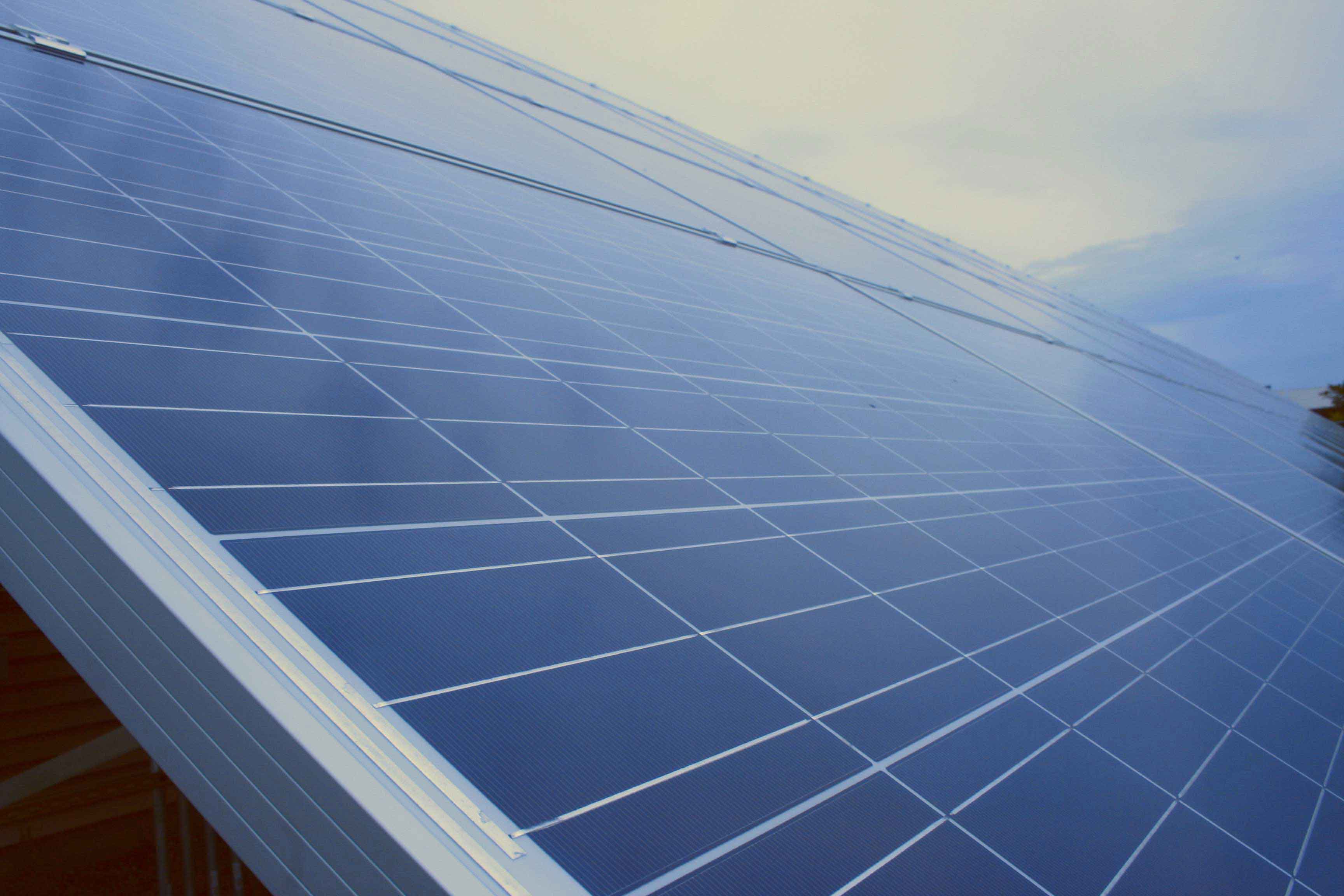Improved Energy Capture, Monitor, and Diagnostics for Solar Photovoltaics
This research project involves developing low-cost, intelligent power electronics modules that can be directly integrated into solar photovoltaic (PV) modules. Conventional solar photovoltaic systems suffer from significant power reduction, even if only one panel in the system is shaded by dirt, snow, leaves or bird droppings. In this regard, the weakest link limits the overall performance, which can have significant impact on solar installation that suffer from even a small amount of shading.
Through the use of advanced power electronics, the negative effects associated with power mismatch from shading, dirt accumulation and aging can be mitigated, resulting in an increase in the overall output power. We have developed initial prototype low-cost (<$12 per panel) power converters that help increase the power output of a solar system, even under mismatch conditions. Excellent performance has been measured in controlled laboratory experiments. To validate the proposed concept under real-world conditions, we have constructed a large-scale solar PV test-bed, where different techniques will be field-tested and evaluated. In addition to increased energy capture, we are investigating techniques that improve the monitoring and diagnostics of solar PV systems, so that the user/operator can immediately pin-point any performance issues. This integrated monitoring will lead to increased safety and reduced maintenance cost of solar PV systems, ranging from residential roof-tops to utility-scale power plants. This research advances the integration of inexpensive, safe, and efficient solar into the existing grid infrastructure.

